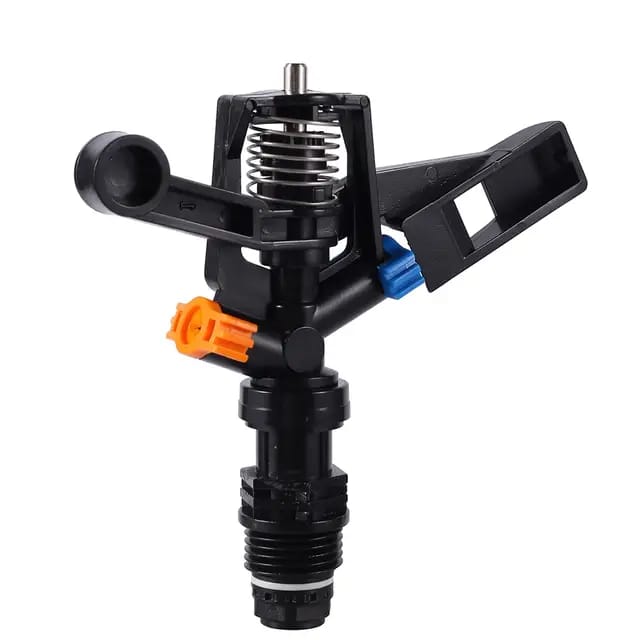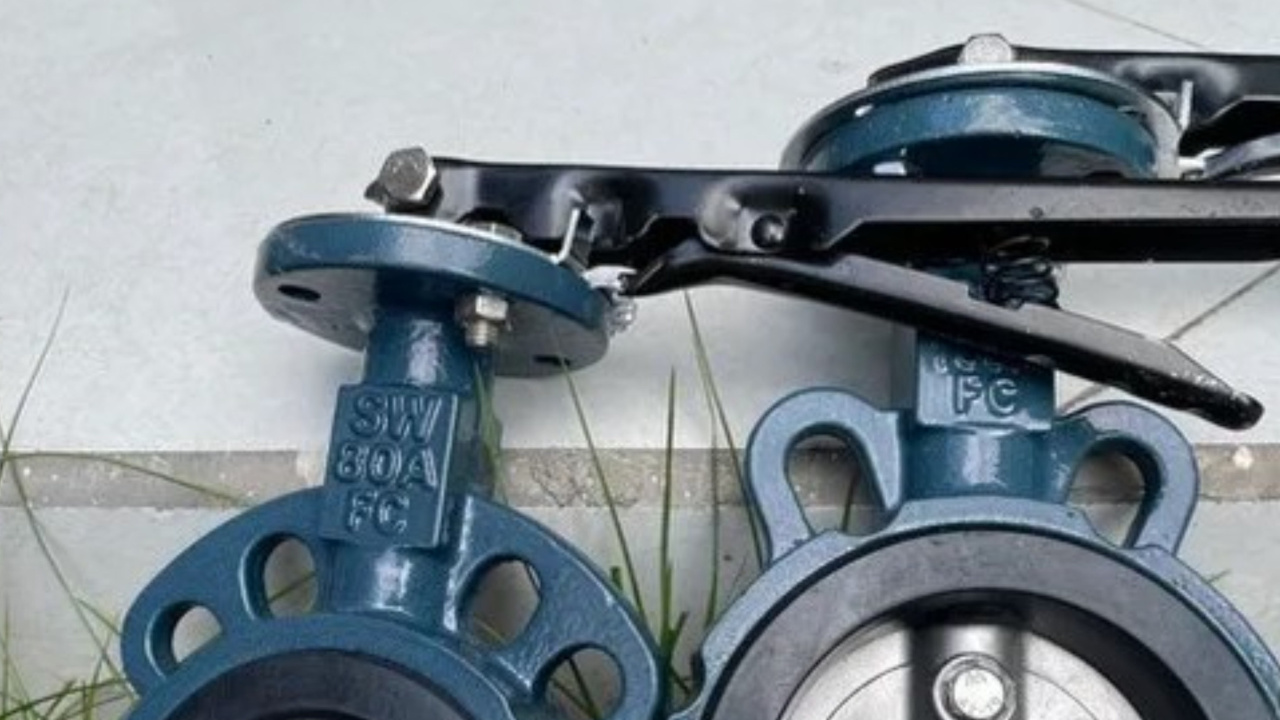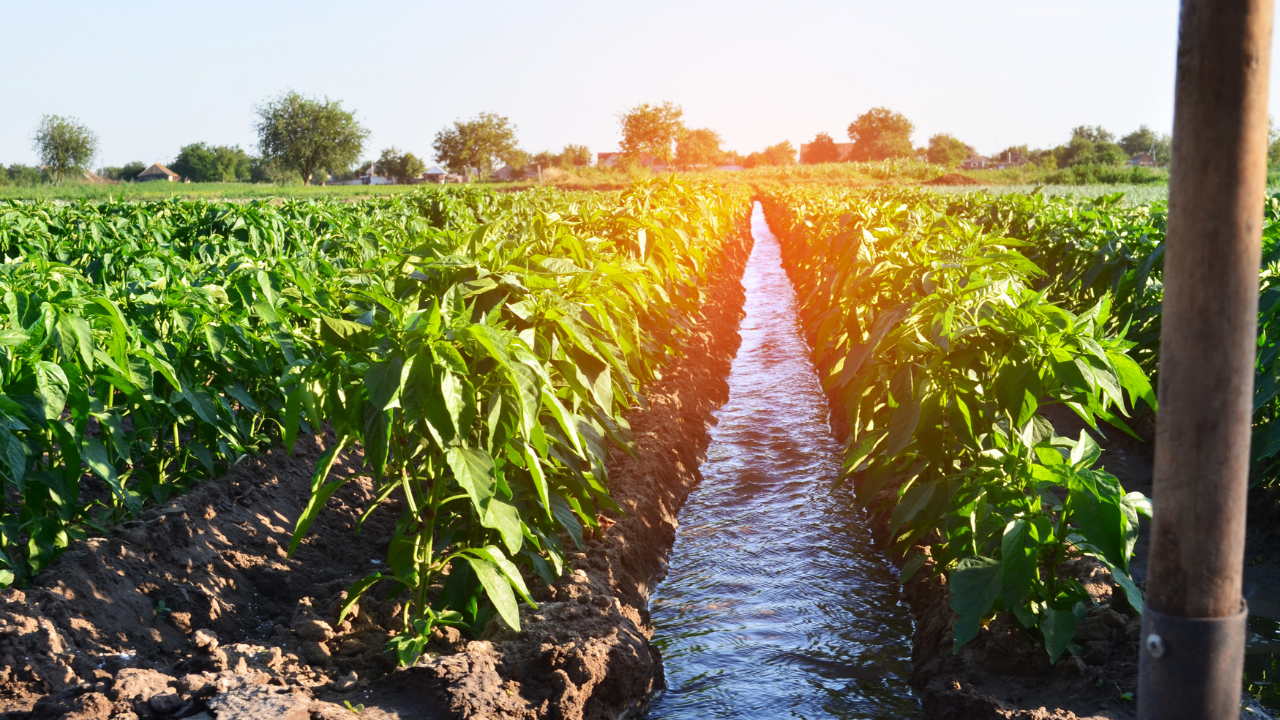Introduction to Rain Gun Irrigation Systems
In the evolving landscape of modern agriculture, efficient water management has become essential for maximizing crop yields and sustainability. One of the most effective tools in this endeavor is the rain gun irrigation system. This innovative solution not only conserves water but also promotes optimal crop growth by ensuring even distribution of moisture across fields. In this article, we will explore the benefits and applications of rain gun irrigation systems, helping you understand why investing in quality irrigation supplies, like those from Alhandasih.com, can be a game changer for your agricultural practices.
The Importance of Irrigation Systems in Modern Agriculture
Irrigation systems are vital in areas where rainfall is insufficient or unpredictable. They allow farmers to control the water supply, thus enhancing productivity and enabling the cultivation of diverse crops. In today’s climate-affected world, the reliability provided by efficient irrigation systems is more crucial than ever. A rain gun irrigation system serves as an effective solution to these challenges, helping to improve crop quality and yield while conserving water resources.
What is a Rain Gun?
Definition of the Device and How It Works
A rain gun is a type of irrigation equipment designed to simulate natural rainfall. It works by shooting water into the air at a specific pressure, allowing it to fall uniformly across a designated area. The water droplets created by the rain gun mimic natural rain, ensuring that crops receive an adequate amount of moisture without the risk of waterlogging.
Main Components
- Water Source: The source from which water is drawn, such as a well, pond, or reservoir.
- Pump: Essential for creating the pressure needed to propel water through the system.
- Rain Gun: The actual device that disperses water.
- Pipeline: The network of pipes that transports water from the source to the rain gun.
- Control Valve: Regulates water flow and pressure.
Types of Rain Guns
Rain guns come in various types, each tailored for specific applications. Here’s a comparison of the three main types:
| Feature | Fixed Rain Guns | Moving Rain Guns | Adjustable Rain Guns |
|---|---|---|---|
| Movement | Stationary | Mobile, travels across the field | Stationary with adjustable settings |
| Coverage Area | Limited to a fixed radius | Can cover large areas as it moves | Variable coverage based on adjustments |
| Spray Pattern | Fixed pattern | Fixed pattern with movement | Customizable spray pattern and distance |
| Ideal Use | Small fields or specific sections | Large agricultural fields | Varied crops and field shapes |
| Installation | Simple and quick | Requires more setup and space | Moderate installation, depending on design |
| Water Distribution | Even but limited | Even, depending on movement speed | Even, with flexibility for specific needs |
| Maintenance | Low maintenance | Moderate maintenance required for moving parts | Low to moderate, depending on adjustments |
| Cost | Generally lower | Higher due to mobility features | Moderate, varies with adjustability features |
| User Control | No control over pattern | Limited control during movement | High control over pattern and distance |
| Examples of Use | Small farms, gardens | Large farms, orchards | Specialty crops, varied landscapes |
Benefits of Using a Rain Gun Irrigation System
Improved Water Use Efficiency
One of the most significant advantages of rain gun irrigation systems is their ability to optimize water usage. By providing targeted watering, these systems minimize waste and reduce overall consumption. This is particularly important in regions facing water scarcity.
Even Water Distribution
Rain guns are designed to distribute water evenly across the field, ensuring that all plants receive an adequate amount of moisture. This uniformity helps prevent issues such as overwatering or underwatering, which can adversely affect crop health.
Reduced Evaporation and Runoff
Traditional irrigation methods often lead to significant water loss through evaporation and runoff. Rain gun systems, however, mitigate these losses by delivering water in larger droplets that fall directly to the ground. This ensures more water reaches the plant roots, promoting healthier growth.
Applications of Rain Gun Irrigation Systems
Agricultural Uses
Farmers worldwide utilize rain gun systems for crops like grains, vegetables, and fruits. By providing efficient irrigation, these systems enhance crop yield and quality.
Gardens and Green Spaces
Homeowners and landscape professionals also benefit from rain guns. Whether for maintaining gardens or larger landscapes, these systems can effectively support healthy plant growth.
Industrial Projects
Rain guns are not limited to agriculture; they also find applications in industrial settings where dust suppression, cooling, or washing is needed. Their efficiency makes them suitable for various projects.
Criteria for Choosing the Right Rain Gun Irrigation System
Size of the Area to Be Irrigated
The size of your field will dictate the type of rain gun you need. Fixed guns may suffice for small areas, while larger plots may require moving or adjustable systems.
Type of Crops
Different crops have varying water requirements. Understanding the specific needs of your plants will help you choose the right system that delivers appropriate moisture levels.
Water Availability
Assessing your water source's capacity is crucial. Ensure that your chosen rain gun system can efficiently utilize the available water without overextending your resources.
Maintenance of the Rain Gun Irrigation System
Tips for Maintaining System Efficiency
- Regular Inspection: Check for leaks and blockages in pipes and nozzles.
- Pressure Check: Ensure the system operates at the correct pressure for optimal performance.
- Seasonal Maintenance: Prepare the system for seasonal changes, including winterizing it to prevent damage.
How to Clean the Rain Guns
Cleaning your rain guns is straightforward:
- Disconnect the System: Always ensure safety first by turning off the water supply.
- Remove Nozzles: Take off the nozzles and soak them in a cleaning solution to remove mineral buildup.
- Flush the System: Run water through the system to clear any debris or residue.
Future Trends in Irrigation Systems
Innovations and Modern Technologies
- Smart Irrigation Systems: Integrating sensors and IoT technology for real-time monitoring and adjustments.
- Drip Irrigation Integration: Combining rain guns with drip systems for precision watering tailored to specific crop needs.
- Drones and Automation: Utilizing drones for aerial monitoring and automated watering systems to enhance efficiency.
Conclusion
In summary, rain gun irrigation systems play a critical role in modern water management strategies. They not only enhance agricultural productivity but also promote sustainable practices. By choosing high-quality irrigation supplies from Alhandasih.com, farmers and gardeners alike can ensure that their crops receive the optimal moisture they need to thrive. Investing in a rain gun irrigation system is not just about improving yields; it’s about adopting a more responsible approach to water use in an increasingly unpredictable climate. Explore our range of products today and discover how you can elevate your irrigation practices!



